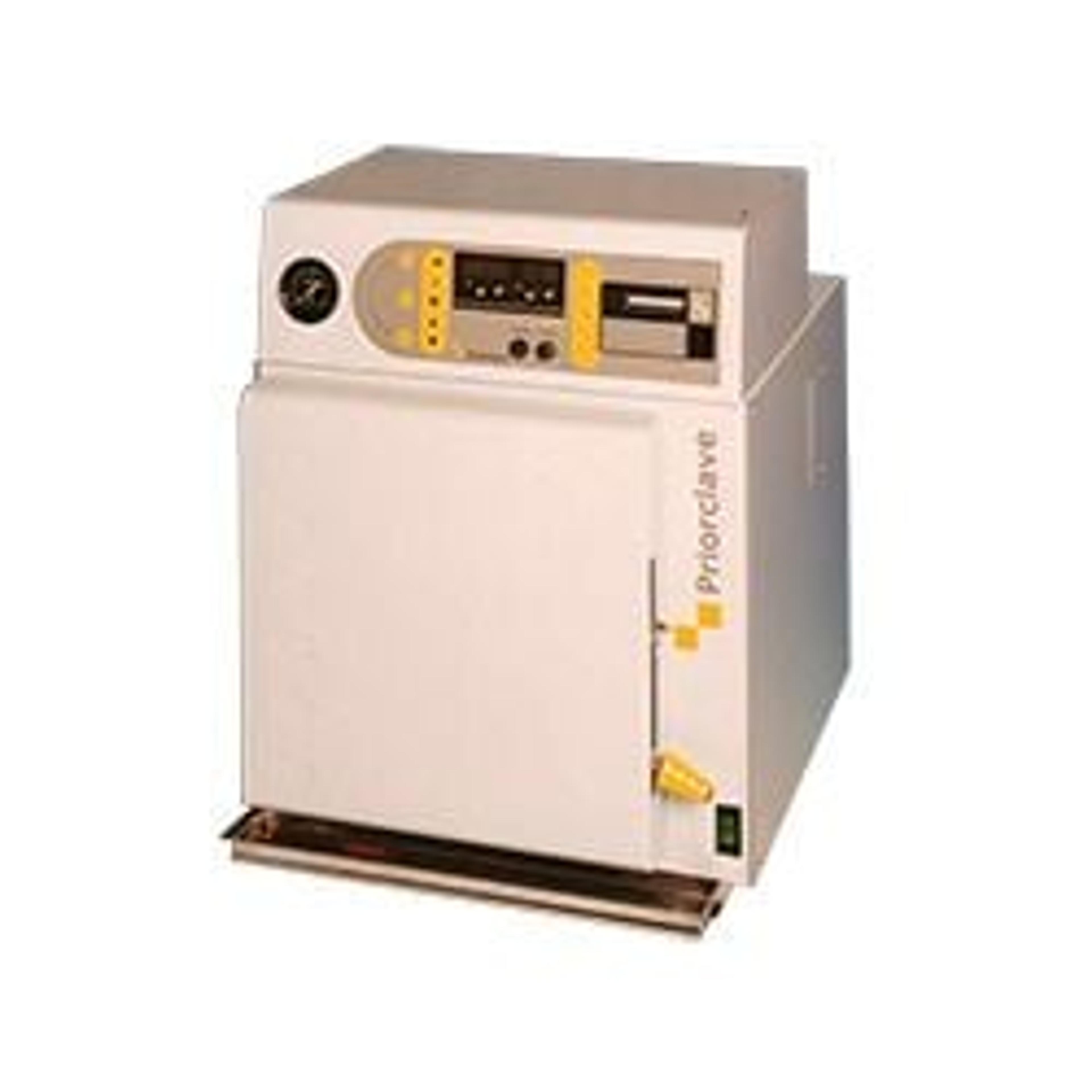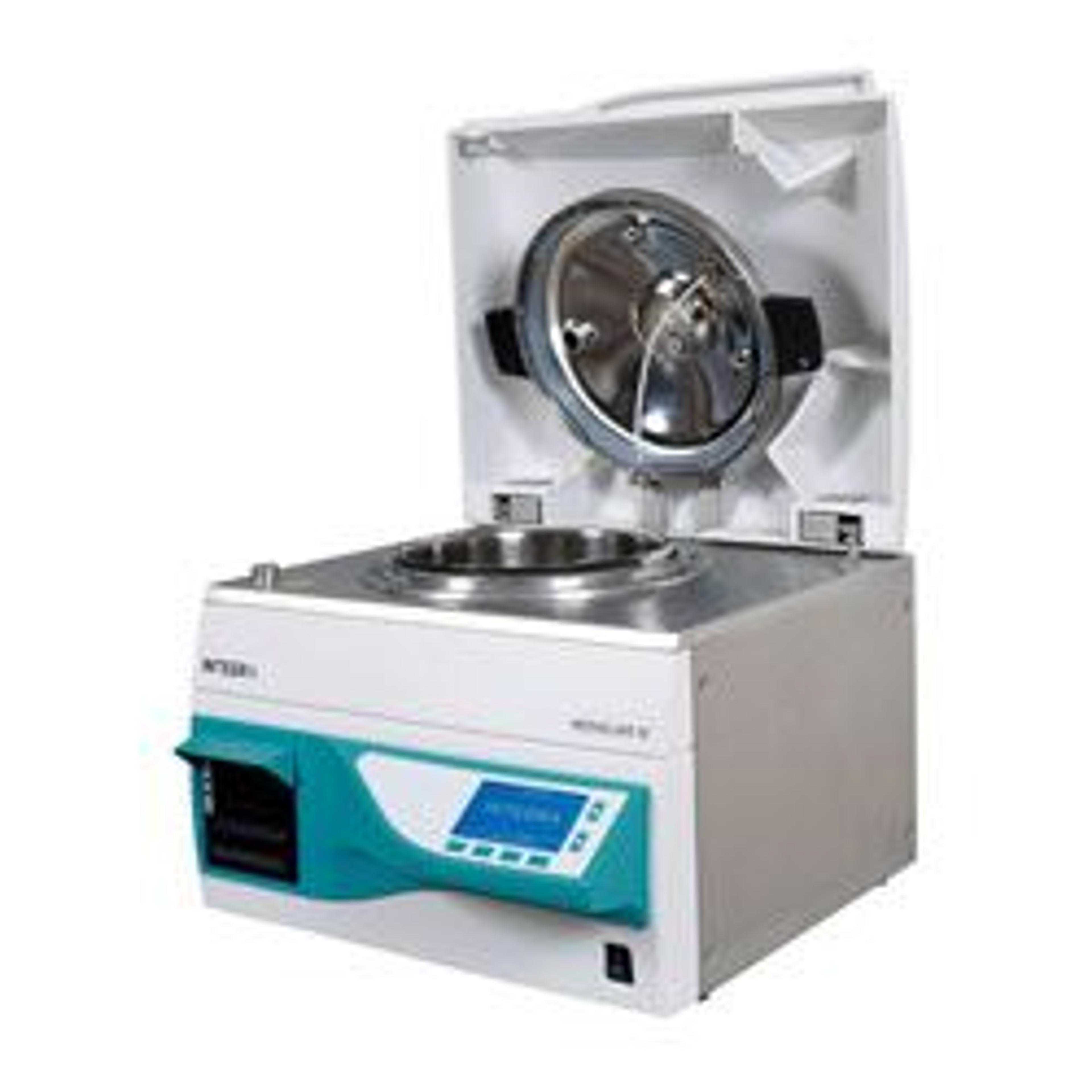6 Effective Ways to Ensure Sterile Lab Equipment
2 Dec 2014
How do you ensure that your laboratory equipment is sterile and safe? Ensure an effective sterilization solution for your lab with these six methods.
1. Steam Sterilization
Autoclaving offers effective steam sterilization of a range of laboratory equipment at high temperature. The steam is typically heated between 121-134 ˚C and a pressure of 100 kPa. To ensure effective sterilization, the autoclave must allow the steam to penetrate the loaded samples.
2. Dry Heat Sterilization
Dry heat sterilization requires higher temperatures than steam sterilization, as the heat takes longer to penetrate and destroy the microbes. The hot air oven is a good alternative method for using samples such as powders that are not always suited to steam sterilization.
3. Other Heat Sterilization Methods
In addition to dry and steam sterilization methods, other heat sterilization techniques include flaming, incineration and boiling.
4. Sterile Filtration
Sterile filtration is an ideal method for sterilizing liquids that could otherwise be damaged by heat. Filtration is a rapid sterilization method; solution is passed over a filter with pore diameters that are too small to enable microbes to flow through.
5. Chemical Sterilization
Chemicals are also effective for sterilizing samples when heat is not suitable, such as sterilizing biological samples, plastics and electronic materials. Gas sterilizers expose the organisms to a high concentration of a reactive gas such as ozone, nitrogen dioxide and alkylating agents.
6. Radiation Sterilization
Electromagnetic radiation such as UV, X-ray and gamma rays are extremely effective at penetrating organisms and killing them. UV sterilization is effective for sterilizing small sample areas such as laminar hoods, whereas X-ray and gamma rays can be used to sterilize large samples during manufacturing.



